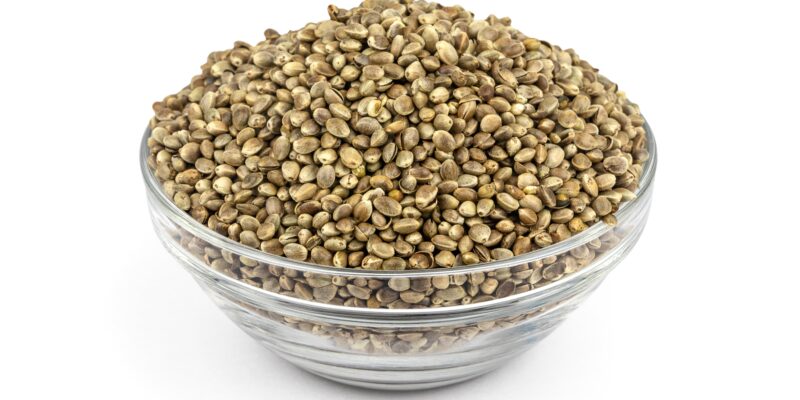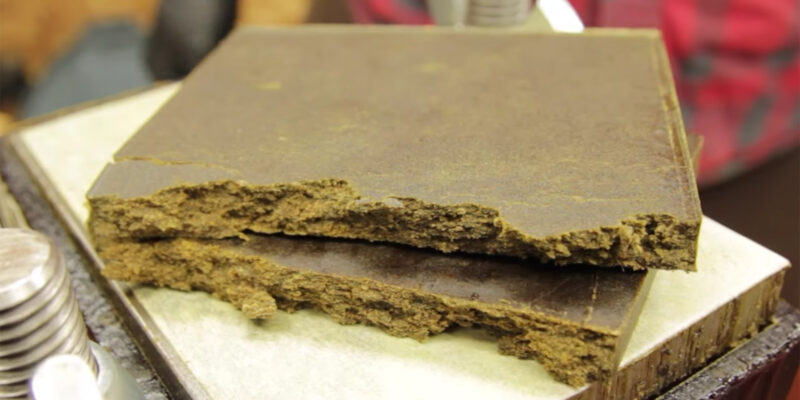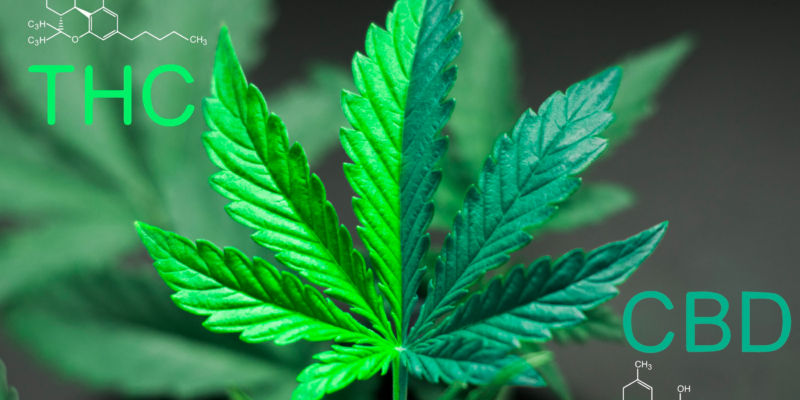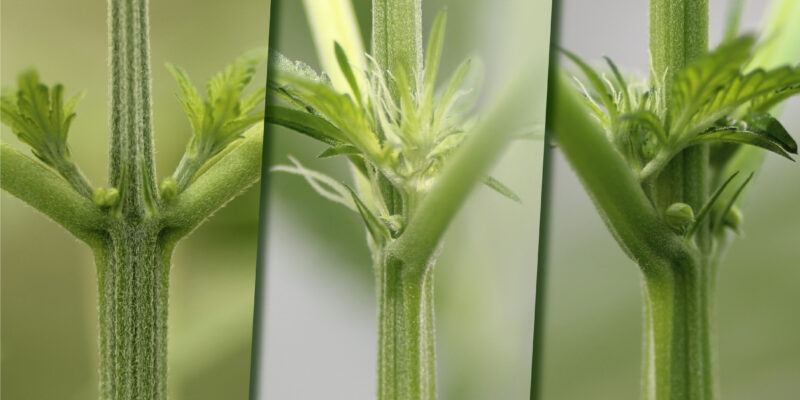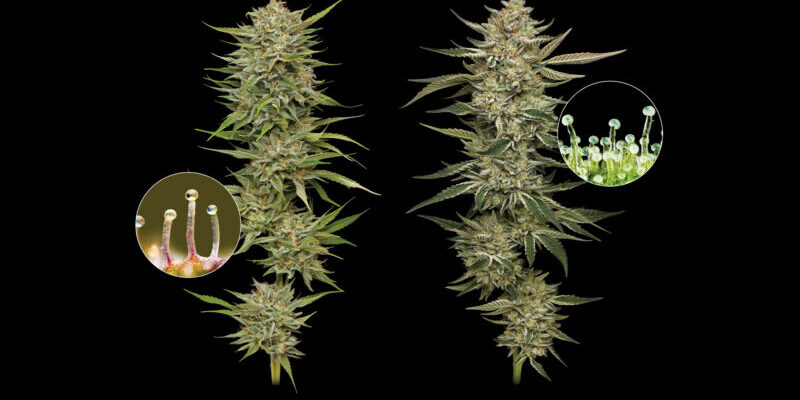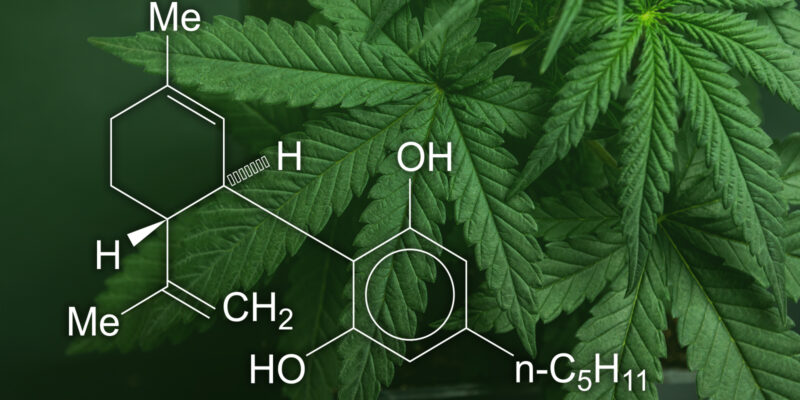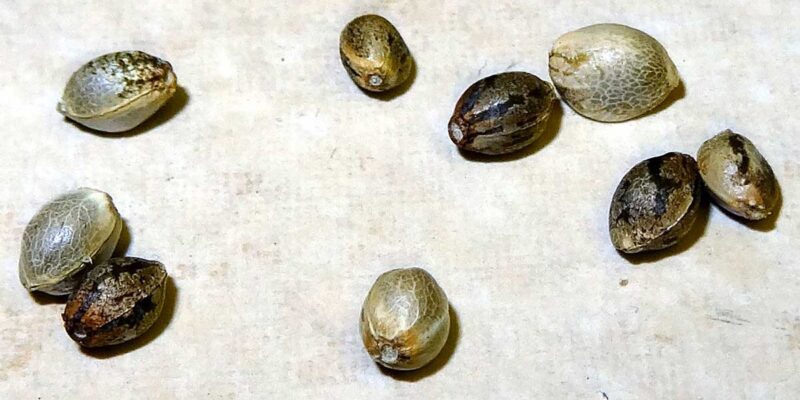In a world where people are increasingly seeking alternative forms of medicine, the quest for natural solutions to manage pain and chronic conditions has led many to explore the therapeutic potential of cannabis. Flora Seed Bank has curated a selection of strains known for their exceptional pain-relieving properties. In this blog post, we’ll delve into Flora Seed Bank’s top five cannabis strains, each renowned for its unique blend of cannabinoids and terpenes that work synergistically to alleviate pain and provide a sense of well-being.
- Dead Hot Strawberries:
Dead Hot Strawberries is a hybrid strain that boasts a delightful combination of the popular Strawberry OG and Tropicana Cookies. Known for its sweet and fruity aroma, this strain is not just a treat for the senses but also a powerful ally against pain. The high THC content in Dead Hot Strawberries is believed to provide potent analgesic effects, making it an ideal choice for individuals seeking relief from chronic pain conditions. The euphoric and uplifting qualities of this strain may also contribute to an improved mood, offering a holistic approach to pain management.
- Zoap:
Zoap, a well-balanced hybrid, has gained a reputation for its ability to ease various types of pain while maintaining a clear-headed and functional high. With a diverse terpene profile, including myrcene and caryophyllene, Zoap is thought to possess anti-inflammatory and analgesic properties. Users often report a sense of relaxation without the sedative effects commonly associated with some pain-relieving strains, making Zoap an excellent choice for daytime use.
- WiFi OG:
WiFi OG, also known as White Fire OG, is a hybrid strain that combines the genetics of Fire OG and The White. Renowned for its intense cerebral effects and soothing physical relaxation, WiFi OG is a go-to strain for those dealing with chronic pain. Its high THC content, coupled with a distinct terpene profile, may contribute to its effectiveness in managing pain, inflammation, and stress. WiFi OG’s uplifting qualities make it a favorite among individuals seeking relief without sacrificing mental clarity.
- Blue Dream:
Blue Dream, a classic and well-loved hybrid, has long been celebrated for its versatile effects. A cross between Blueberry and Haze, this strain combines the best of both worlds – the calming body high and the cerebral euphoria. Blue Dream is often recommended for those dealing with chronic pain due to its balanced THC and CBD levels. The strain’s uplifting nature may help alleviate symptoms of pain while maintaining a sense of mental alertness, making it suitable for various pain management needs.
- Strange Thunder:
Strange Thunder, a unique and potent indica-dominant strain, earns its spot on this list for its potential to provide deep relaxation and relief from pain. A cross between Vixen and It’s Fire, Strange Thunder is known for its high THC content and sedative effects. This makes it an excellent choice for individuals struggling with insomnia, muscle tension, or severe pain conditions. While its relaxing properties may be better suited for evening use, it remains a powerful tool in the arsenal against chronic pain.
Flora Seed Bank’s selection of cannabis strains for pain relief reflects the diverse and dynamic nature of the plant. As more individuals turn to cannabis as a natural alternative for managing pain and chronic conditions, these strains offer a promising avenue for exploration. Remember to consult with healthcare professionals and adhere to local regulations when incorporating cannabis into your wellness routine. Flora Seed Bank’s commitment to quality ensures that users can confidently explore the therapeutic benefits of these strains for effective pain relief.




